Search
Search Results
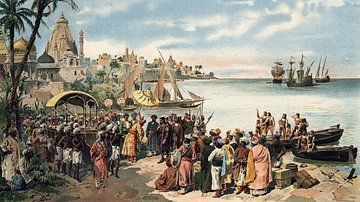
Article
The Portuguese Conquest of India
Throughout the 15th century, the Portuguese Crown yearned for a piece of the Far Eastern spice trade. For centuries this trade had been dominated by the Venetians who obtained pepper, cloves, nutmeg, ginger and cinnamon from their Middle...
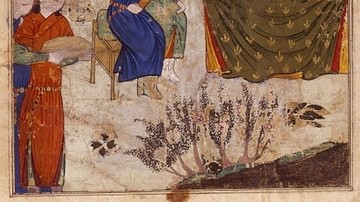
Article
Mongol Multiculturalism
The Mongol Empire accepted and promoted many other cultures. Historians often talk about cultural exchange across Asia in the Mongol Empire as something that was just facilitated by peace and stability across such a huge area – the 'Pax Mongolica'...
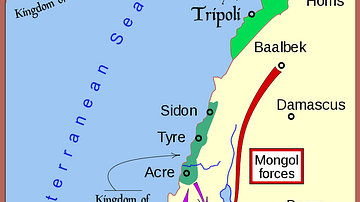
Image
Battle of Ain Jalut (1260 CE)
A map of the campaign leading to the Battle of Ain Jalut — in 1260 CE.

Image
Statue of Sultan Baibars
Bronze bust of Sultan Baibars (aka Baybars) in Cairo, at the National Military Museum.
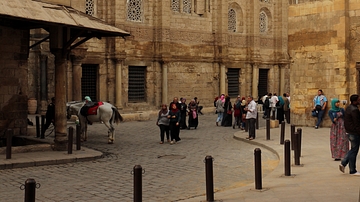
Image
Sultan Qalawun's Masoleum-Madrissa (Seminary) Complex
The mausoleum-madrasa-maristan complex of Qalawun at Bayn al-Qasrayn (al-Muizz street), Cairo.
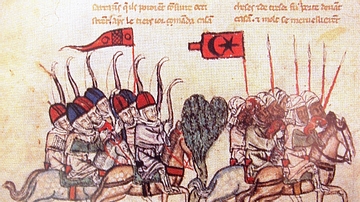
Image
Battle of Wadi al-Khazandar
14th-century CE illustration from a manuscript of depicting the Battle of Wadi al-Khazandar (Battle of Homs), 1299 CE, in which the Mamluks were routed by the forces of the Mongol Ilkhanate.
BNF Nouvelle acquisition française 886, fol. 31v
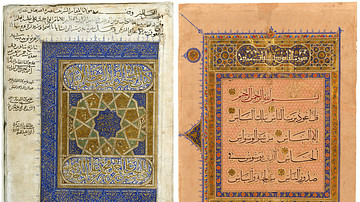
Image
Al-Wajiz Commentary Folio
An abridged commentary on the Qur’an from Mamluk Egypt, 1478.
Museum no. MSL/1869/7219, folio 2a. © Victoria and Albert Museum, London
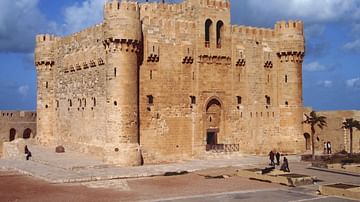
Image
Fort Qaitbey
Fort Qaitbey, Alexandria, Egypt, built by the Mamluk ruler Quait-bey (r. 1468-1496 CE) between 1477-1480 CE.
The fort stands a the site of the ancient Lighthouse of Alexandria, one of the Seven Wonders of the Ancient World.
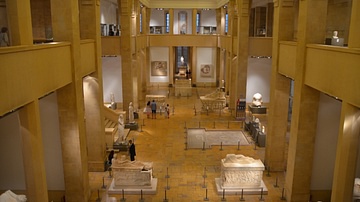
Image
National Museum of Beirut, Lebanon
The National Museum of Beirut is the principal museum of archaeology in Lebanon. About 1300 artifacts are exhibited, ranging in date from prehistoric times to the medieval Mamluk period.
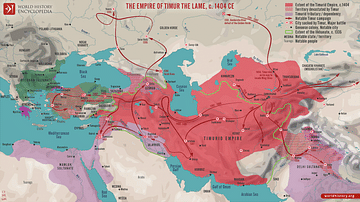
Image
The Empire of Timur the Lame, c. 1404 CE
A map illustrating the empire and campaigns of Timur (from the Chagatai word for iron) at its biggest extent before his death in 1405. Timur the Lame (Timur-i Leng from Persian, Tamerlane as it had evolved in English or Timūr Gurkānī, son-in-law...